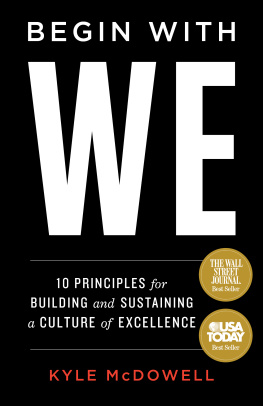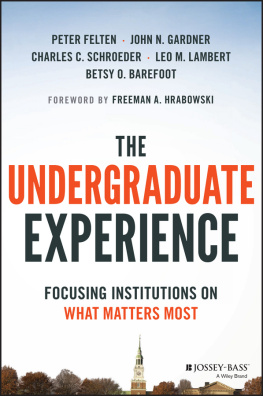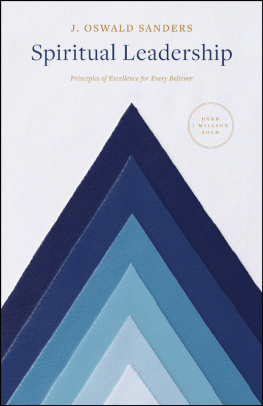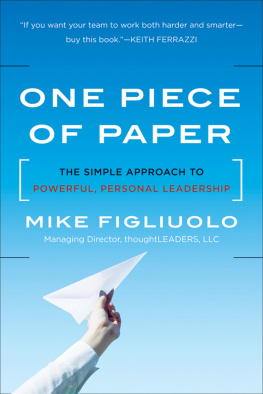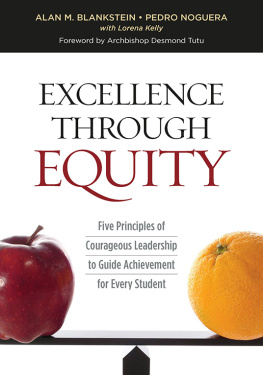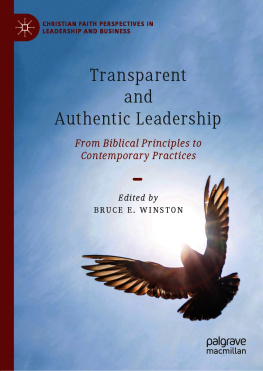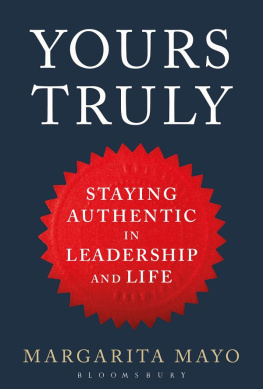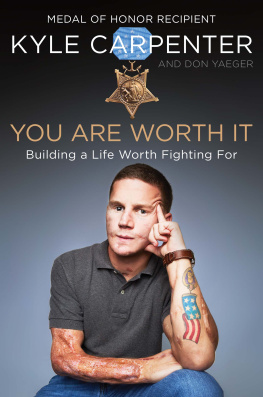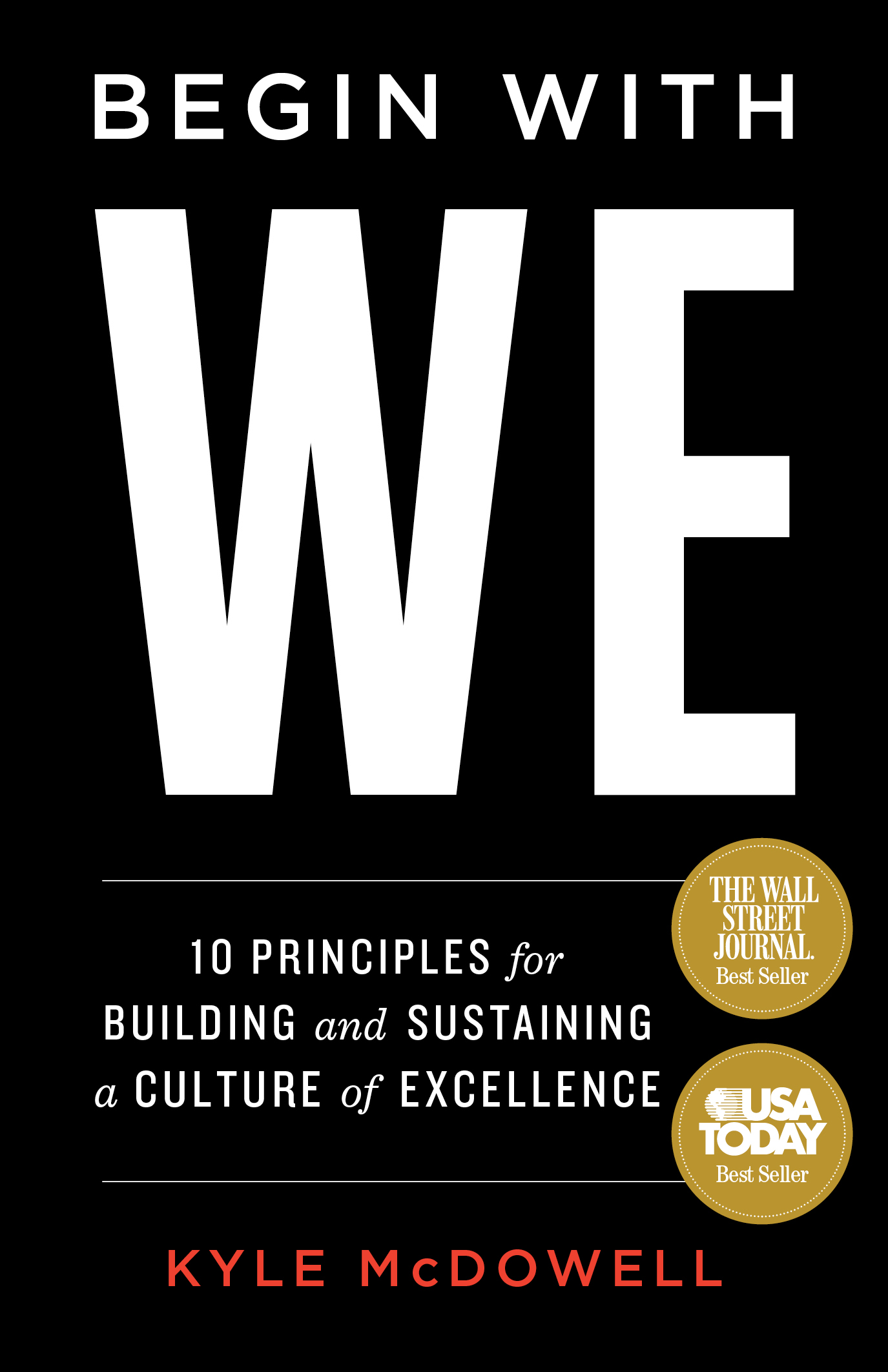Advance Praise for
Begin With We
McDowell has created a framework that allows everyone on the team to come as they are and deliver their best work. His candid approach is refreshing and speaks to the hearts and minds of all leaders. Begin With WE uses vivid storytelling and real-life examples to inspire leaders to be their best.
Harry Kraemer , Professor of Leadership at the Kellogg School of Management at Northwestern University and former Chairman and CEO of Baxter International
In both business and sports, exceptional results are only delivered via exceptional teams. Begin With WE cracks the code for leaders to deliver both. Kyles guiding principles apply from the ballpark to the office park.
Kevin Kiermaier , MLB outfielder, three-time Rawlings Gold Glove Award winner, one-time Platinum Glove Award winner
Whether youre an athlete, coach, intern, or CEO, Begin With WE is a must-read for anyone looking to build a high performing team and inspire others to deliver at their highest potential.
Monte Kiffin , NFL Coaching Legend
Begin With WE recognizes the impact of starting behind the curtain, developing a standard for all leaders to follow. McDowell masterfully created an environment where each team member aspired to deliver their best and worked with a purpose greater than themselves. The 10 WEs were the foundation for that success.
Tom Romeo , President and General Manager (retired) of Maximus Federal
McDowell leverages his unique background and cultural transformation experiences at some of the biggest companies in the world to deliver insight that is lost on so many of todays leaders. The right book at the right time.
Philip Stutts , Founder and CEO of Win BIG Media
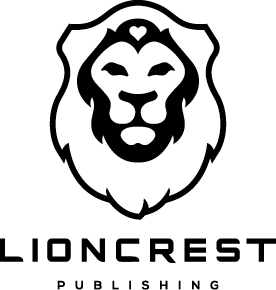
copyright 2022 kyle mcdowell
All rights reserved.
begin with we
10 Principles for Building and Sustaining a Culture of Excellence
isbn 978-1-5445-2991-2 Hardcover
isbn 978-1-5445-2990-5 Paperback
isbn 978-1-5445-2989-9 Ebook
isbn 978-1-5445-2992-9 Audiobook
To my parents, Don and Jody Jenkins, who inspired me with their incredible work ethic.
K. M.
It is not the critic who counts; not the man who points out how the strong man stumbles, or where the doer of deeds could have done them better. The credit belongs to the man who is actually in the arena, whose face is marred by dust and sweat and blood; who strives valiantly; who errs, who comes short again and again, because there is no effort without error and shortcoming; but who does actually strive to do the deeds; who knows great enthusiasms, the great devotions; who spends himself in a worthy cause; who at the best knows in the end the triumph of high achievement, and who at the worst, if he fails, at least fails while daring greatly, so that his place shall never be with those cold and timid souls who neither know victory nor defeat.
Theodore Roosevelt, Citizenship in a Republic, delivered at the Sorbonne, in Paris, France, on April 23, 1910
Contents
Introduction
It was midnight in Lawrence, Kansas. Still wearing that days suit, I stared at my laptop in the dark hotel room. It had been three months since I began my role as Senior Vice President and Program Manager at Maximus, one of the largest business process outsourcing firms in the country. The next day, I would be speaking to the top fifty leaders of my newly inherited contact center program: a team of highly talented men and women who lead more than fourteen thousand customer service professionals in the largest, and arguably most visible, program in the Federal Government. When I accepted the role, I was given two primary objectives, and my charter was simple: lead a sorely needed cultural transformation and, quite simply, help the program be better across the board. Tomorrow was my first chance to make that all-important first impression and set the tone for our journey.
I knew there was a need for a major cultural shift. In the three months leading up to the meeting in Lawrence, I had learned there was very little shared trust among leaders. My predecessor had been known for talking the talk but not actually walking the walk. There was a general emphasis on what I would describe as silo success, where each leaders focus was limited to the success of their respective business unitrather than a focus on the macro program at large. Id been told the operation needed to be more efficient and quality was stale. A few of those silos desperately needed improvement, and my boss had already identified a few leaders who needed to go. Id also heard complaints about the level of risk- in tolerance. Id come to understand there was a lot of talent on the team, but leaders seemed to be gun-shy. As odd as this may sound, I sensed the team was discouraged from actually thinking strategicallywhich only fortified the silos.
In terms of leading a cultural transformation, this wasnt my first rodeo. Throughout my career, Ive been fortunate to lead organizations with tens of thousands of employees, and multi-billion-dollar budgets, for some of the biggest companies in the world, including CVS Caremark and Optum. Still, every organization is different, and I wondered about the right approach for this particular set of leaders.
As I stared at the blank document on my screen, I pondered the best way to pitch my message, gain alignment, and put the wheels in motion. I could get on stage and try to use charisma to win them over. I could talk metrics and objectives. I could dazzle them with a parade of classic corporate clichssomething like, Lets grab the low-hanging fruit while we push the envelope, because failure is not an option, before closing cheerfully with, My door is always open. Weve all heard this hollow rah-rah language before. But given what this team had experienced from previous leadership and a challenging client, I knew these approaches would be received with skepticism at best. To them, I may as well be just another starched shirt making empty promises about what I was going to do and how I was here to save them.
I wanted buy-in, now . But I didnt just want blind loyalty because I was the new boss. I wanted a sincere connection with every single person in the room. Whatever the approach, I would not allow any ambiguity about the road ahead. If we were going to transform the culture of this $5 billion program, I had to ensure this group of leaders had laser clarity on my expectations. And perhaps more importantly, I wanted them to be keenly aware that they were obligated to hold me accountable to the same standards.
The clock raced past 1:00 a.m. Then 2:00 a.m., and I was still without any content to convey my commitment in a meaningful way. Finally, it was close to three oclock in the morning when I realized I had something I could share with passion and authenticity. It was direct and reflected the same optimism I carried every single day of those first three months.
My laptop, now staring back at me, displayed ten items. With no intention or preplanning, they all began with the word We . And at that moment it occurred to me, these would be the guiding principles needed to establish our Culture of Excellence.
The next morning, I took the stage and looked out at those leaders. Ill cut right to the chase, I said. This team has built a tremendous legacy, and you should be very, very proud of what this program has accomplished. But there are a number of factors that threaten that legacy and the stability of our organizations future. Weve got to capitalize on whats historically made you great and overhaul the rest. But how? I asked.

